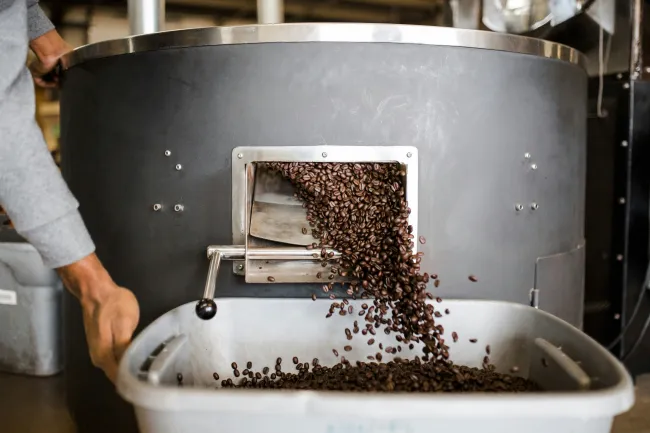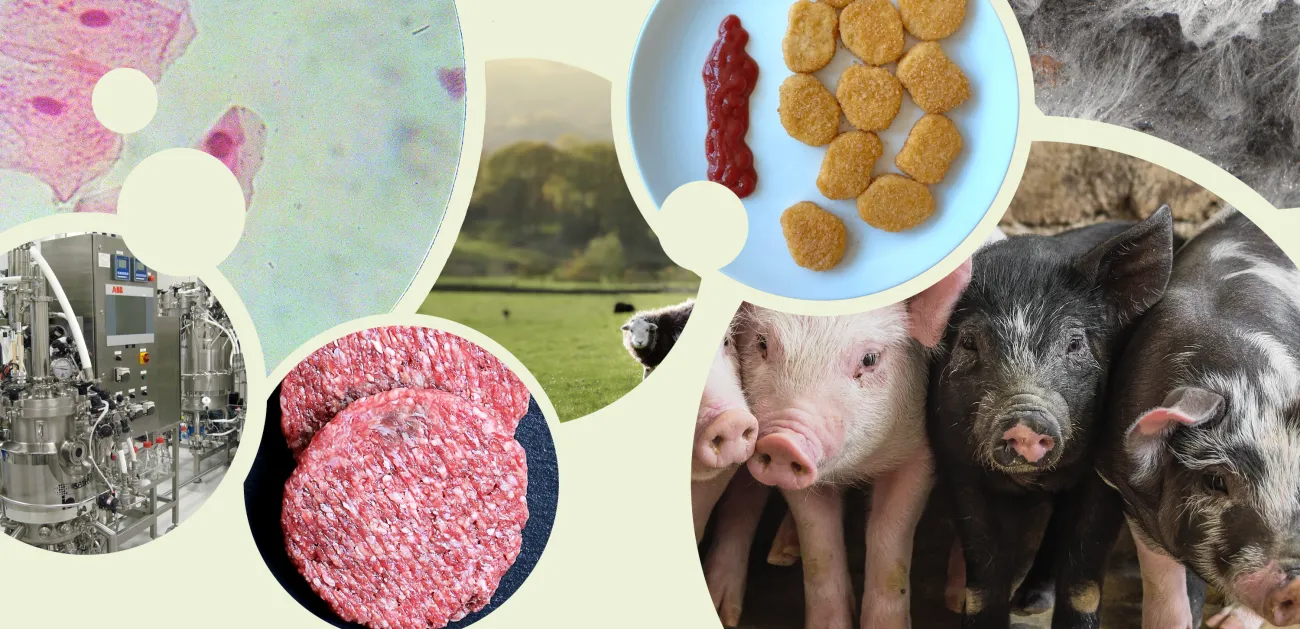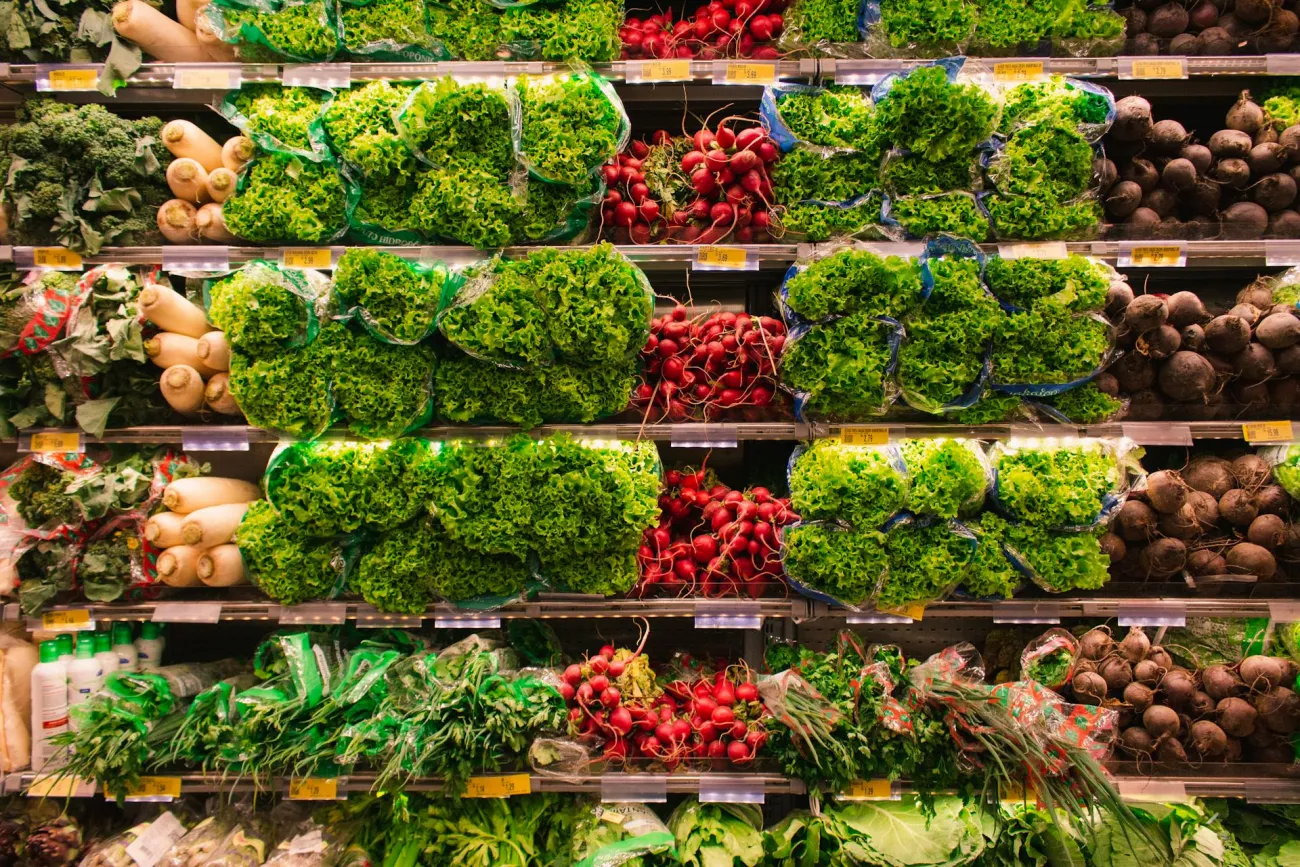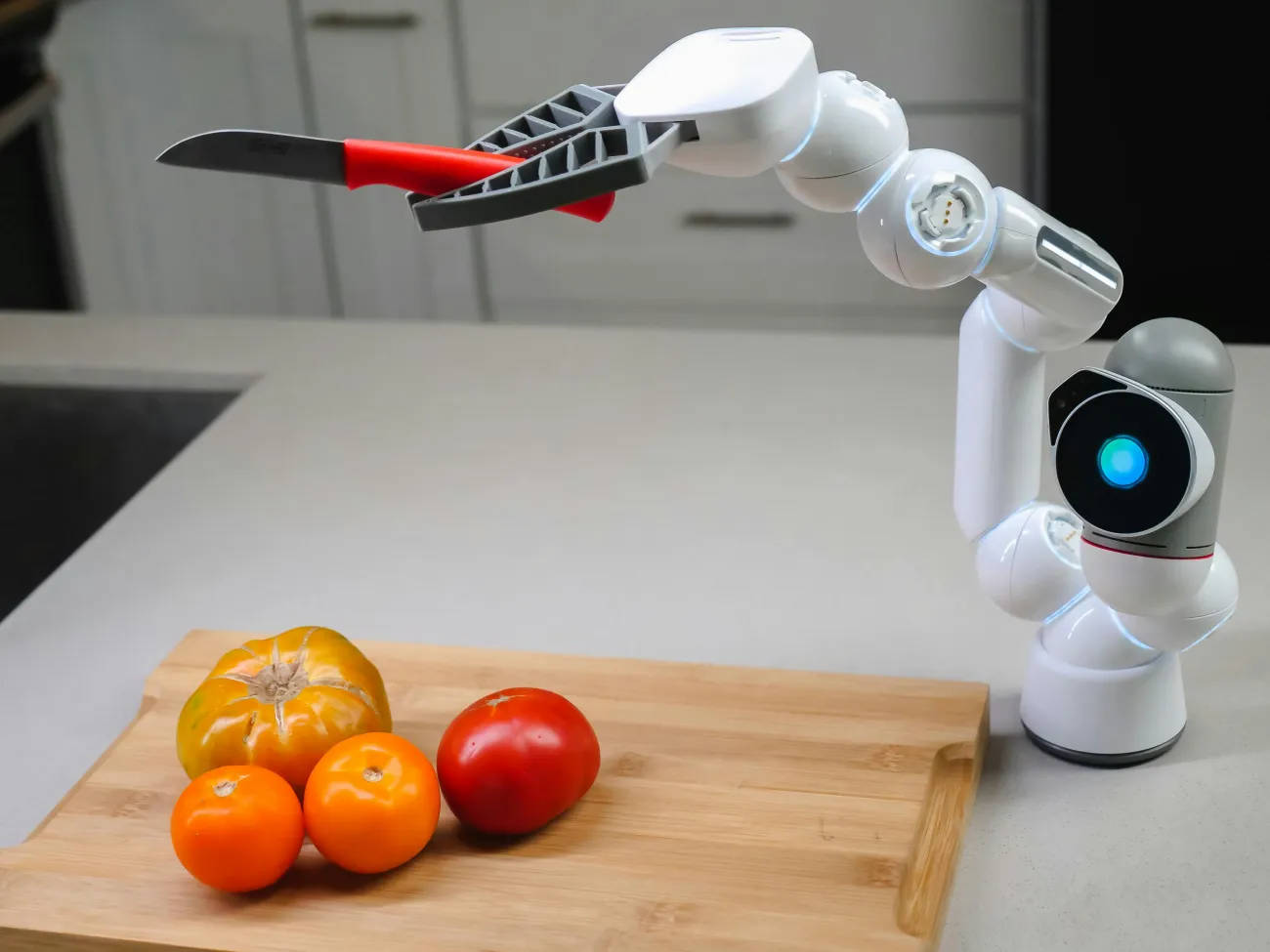The paper provides an overview of the current and potential future uses of digital technologies in agri-food production, processing and distribution; identifying advantages, disadvantages and barriers to adoption. The paper highlights case studies of digital technology companies working to improve food safety.

Summary
The agrifood industry is incredibly large, complex and wide spread, creating a host of challenges relating to collaboration, coordination and transparency. The industry is currently going through a digital revolution to achieve what is variously referred to as ‘precision agriculture’, ’smart farming’ or ‘agriculture 4.0’ with computers being used throughout the supply chain, from robotic harvesting and remote sensing, to optimise yields, procurement decision-making systems and traceability through big data. These technologies promise to accelerate and support multiple agri-food system objectives, including emissions reduction, improved land management, productivity and reduced environmental impact. One such example is the use of data-gathering devices such as drones connected through the Internet of Things to decision-support software. This constellation of technologies is able to effectively control the location and quantity of herbicides and pesticides to reduce usage, improve yields, effectively target pests and reduce pollution.
In order to understand how these technologies are changing the way companies do business, this paper reviews 75 articles and presents recent developments in digital technology in the agri food industry. Digital technologies are defined as electronic tools, systems, devices and resources capable of generating, storing or processing data. They include physical devices such as robots (hardware), computer programs to interface with them (software) and the communication pathways between these points (networks). Broadly, digital technologies are employed to make systems more efficient. This efficiency is achieved through the streamlined communication of software through communication networks connected to various hardware technologies. Creating efficiencies in the system promises to achieve various social, environmental and economic goals, such as increased yields, improved nutrition, greater transparency and traceability, improved animal welfare and decreased environmental footprints. It is also worth noting that whilst this review is focused on production efficiencies, digital technologies are also making significant improvements in the consumer value chain, for example through e-commerce improving market access and directly connecting consumers with producers. These however come with their own set of issues not discussed in this paper such as the concentration of market power in the hands of a few selected platforms.
The authors highlight a list of digital technologies with the highest current impact on the agrifood system:
- Artificial Intelligence (AI) refers to the ability of machines to acquire knowledge and make informed decisions through data processing. In agrifood processing this is used to automate tasks such as sorting, grading and packing, as well as to forecast crop yields and detect food safety risks. Through reducing food contamination, AI is improving in food security, reducing poverty and minimising hunger.
- The Internet of Things (IoT) refers to the integrated network of sensors and actuators in physical objects through wired and wireless networks. This provides data sources that can be used to track water usage, soil composition, labour performance and animal health. One of the primary uses of IoT currently is the monitoring of temperature, humidity and colour in the vegetable supply chain at the agricultural stage, and the precise application of pesticides and water to improve crop productivity and nutrient content. Current challenges with IoT include the interoperability of data and the training requirements for end users to understand and apply the technologies.
- Blockchain is a transparent digital ledger that records transaction and stores data in a secure and decentralised way. Early adopters are using the technology to track the movement of commodities through supply chains to ensure food traceability, procurement transparency and food safety.
- Big Data refers to large, fast-moving and complex data that is too large, fast and disparate to be processed conventionally. The authors highlight three key areas: new data generated on farms, new advisory services by IT providers and the use of big data in processing and factories. The agrifood system has also integrated big data from external sources including satellite imagery and meteorological information from google and NASA.
- Automation and robotization has allowed machines to perform tasks previously done by humans. These include seeding, planting, weeding, picking, cutting and packaging; improving efficiency and reducing labour costs. This comes with its own risks, including labour force displacement and inequalities of access for small and medium sized enterprises.
The authors present case studies to demonstrate how these technologies can be combined to optimise for efficiency in the agrifood system:
- IBM food trust is a blockchain-based platform that enables transparency and traceability in the food supply chain. The platform allows for the quick identification of food with safety issues and allows producers to recall affected products even after they’ve been distributed. Research indicates the tool is an effective means to improve food safety, but also contributes to efficient resources management and reduction in food loss due to spoilage because of its inventory management functionality. This traceability can also potentially build trust between stakeholders in a supply chain through data transparency.
- Blue River Technology has developed a weed-removal machine that uses computer vision and machine learning to selectively target weeds amongst crops. The technology can selectively apply herbicides, reducing chemical usage and potentially increasing yields. As well as increasing productivity this also has the potential to improve environmental impacts through reducing agricultural input use and run off.
- The Yield specialises in digital solutions to improve crop management and decision-making. The digital platform connects remote sensors to live weather report data and uses machine learning to optimise irrigation scheduling, improving yields whilst reducing resource use. The platform can also take into account crop types, topography and other parameters that are unique to individual farmers.
The authors conclude by highlighting some of the prospects for future use of digital technology in the agri-food system, as well as potential barriers to their adoption. One example is predictive analytics, which can be used to analyse large datasets generated by users and predict potential problems before they occur, optimising logistics and reducing waste. These technologies come with concerns related to data privacy and security, as well as resistance to data sharing between private companies that may be in competition. Another barrier to the adoption of these technologies is the cost of implementing which can be preventative for small and medium-sized enterprises, and the specialised skills and knowledge required to implement them. However, the authors argue that as the technologies become more widely used, their price will become competitive, making them more readily available for more producers. Greater adoption will have an exponential benefit as technologies throughout the supply chain will be able to work in increasingly cohesive ways. Additionally, technologies such as remote sensing and machine learning will be able to perform tasks beyond what is humanly possible. Finally, the authors mention two further technologies that have the potential to revolutionise the way that food is produced: 3D printing which may be used to create highly customised products and packaging; and virtual and augmented reality which may for example be used as a training tool, to allow workers to gain experience in a safe and controlled environment.
Abstract
This review provides an overview of recent advances in the use of digital technologies in agri-food processing. With the increasing demand for food, the agri-food industry must produce more food with fewer resources while also addressing sustainability concerns. Digital technologies, such as the Internet of Things, artificial intelligence, blockchain, and robotics, are transforming the way food is produced, processed, and distributed. These technologies offer several benefits, including increased efficiency, improved product quality and safety, reduced waste, and environmental sustainability. Digital technologies enable real-time monitoring of critical parameters, such as temperature, pH, and moisture, which can help prevent spoilage, reduce food waste, and ensure that safe and high-quality food reaches consumers. The review covers the challenges and opportunities for the wider adoption of digital technologies in the sector, as well as potential future developments. The industry has the potential to undergo a revolutionary transformation and tackle significant challenges by embracing digital technologies.
Reference
Konfo, T.R.C., Djouhou, F.M.C., Hounhouigan, M.H., Dahouenon-Ahoussi, E., Avlessi, F. and Sohounhloue, C.K.D., 2023. Recent advances in the use of digital technologies in agri-food processing: A short review. Applied Food Research, p.100329.
Find the article here




Comments (0)